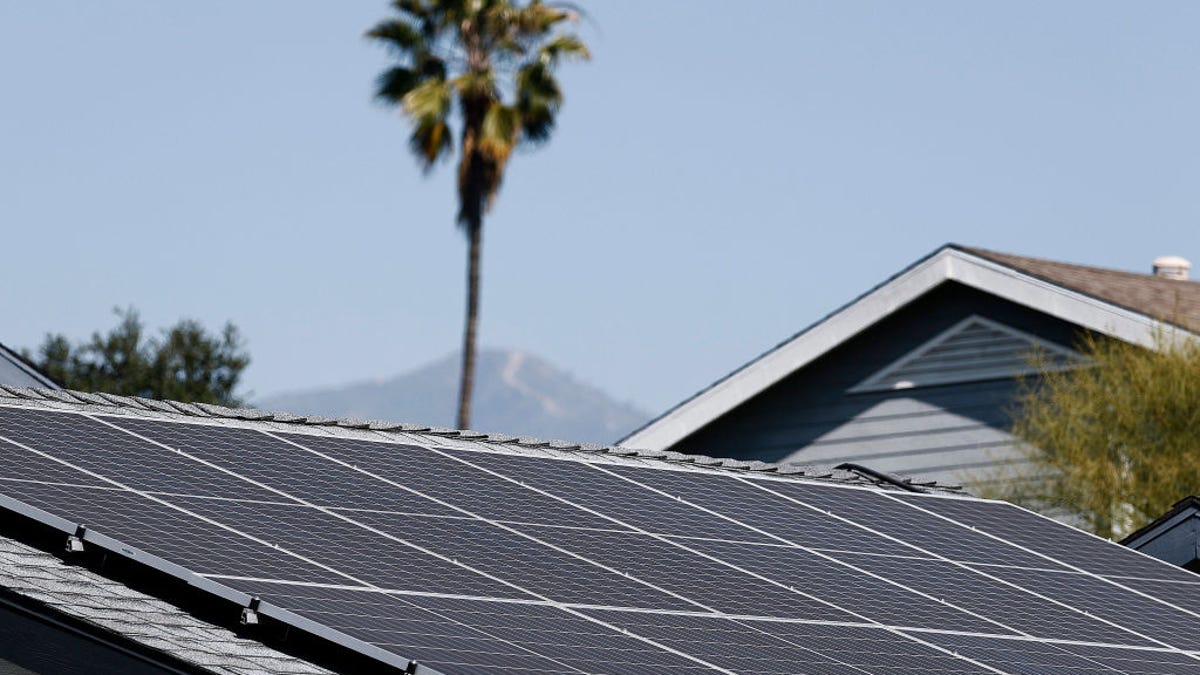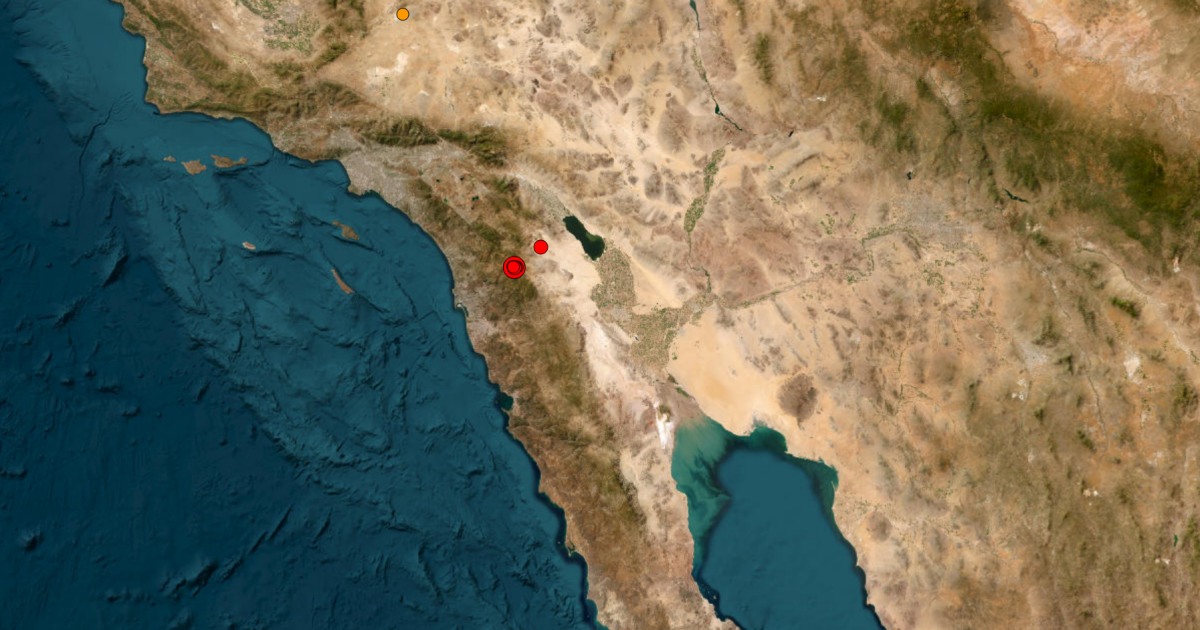Unveiling America’s Greenest and Least Eco-Friendly States: A Surprising Ranking
In a nation increasingly focused on environmental sustainability, a new analysis reveals stark contrasts between America’s greenest states and those lagging in eco-conscious practices. Released this month by the Environmental Protection Network (EPN), the 2024 State Sustainability Index ranks all 50 states based on renewable energy adoption, waste management, air quality, and conservation efforts. Vermont and Oregon emerge as leaders, while Louisiana and West Virginia trail significantly—highlighting a growing divide in environmental priorities across the country.
The Methodology Behind the Rankings
The EPN’s comprehensive evaluation weighted seven key factors:
- Renewable energy production (30%)
- Carbon emissions per capita (20%)
- Recycling rates (15%)
- Green space preservation (15%)
- Electric vehicle adoption (10%)
- Water quality (5%)
- Environmental policies (5%)
“This isn’t just about tree-hugging idealism,” explains Dr. Elena Rodriguez, lead researcher at EPN. “Our data shows tangible correlations between high-ranking states and economic benefits like job growth in clean energy sectors. Vermont’s 78% renewable energy grid directly supports 12,000 local jobs.”
Top Performers: Pioneers of Sustainability
Vermont clinched the top spot with exceptional scores in renewable energy (primarily hydroelectric and solar) and aggressive 2030 carbon neutrality goals. Close behind, Oregon impressed with its:
- Bottle deposit system achieving 90% recycling rates
- Urban growth boundaries preserving 25 million acres of farmland
- Pioneering public transit investments
California ranked third despite its wildfires, credited for mandating solar panels on new homes and leading EV adoption (18% of 2023 car sales). “These states prove environmentalism isn’t partisan,” notes former EPA administrator Carol Browner. “Vermont’s Republican governor signed their latest climate bill because constituents demanded action.”
The Struggle at the Bottom: Fossil Fuel Dependence
Louisiana ranked last due to:
- Oil/gas accounting for 63% of state revenue
- Highest toxic release levels per capita
- Only 2.8% renewable energy usage
West Virginia narrowly avoided the bottom, though its 89% coal-powered grid and mountaintop removal mining drew criticism. “We’re trapped in an economic Catch-22,” admits Charleston Mayor John Roberts. “Transitioning from coal means retraining generations of workers—it’s happening, but slower than we’d like.”
Regional Patterns and Surprising Outliers
The Northeast dominated the top 10, while the South claimed 7 of the bottom 10 spots. However, Texas (ranked 28th) defied expectations with its wind energy boom—now producing 28% of the state’s electricity. Similarly, Georgia jumped 12 spots since 2020 through solar farm investments.
Controversially, Florida ranked 35th despite vulnerability to climate change. “Coastal states ignoring sea level rise are like smokers building hospitals instead of quitting,” warns climate economist Mark Reynolds.
The Economic Argument for Sustainability
Beyond environmental benefits, the data reveals compelling financial incentives:
- Top 10 states average 4.1% lower energy costs
- Green job growth outpaces overall employment by 3:1
- Property values rise 7-15% near protected lands
Yet resistance persists in states fearing industry disruption. “Nobody wants dirty air,” says Louisiana Petroleum Council’s Michael Bertrand, “but demanding overnight changes could eliminate 300,000 jobs here before alternatives exist.”
What’s Next for America’s Environmental Divide?
The Inflation Reduction Act’s $369 billion in clean energy incentives may narrow gaps, with 42 states already applying for grants. Experts suggest watching:
- Midwestern states leveraging federal funds for wind projects
- Southern states testing nuclear/solar hybrids
- Mountain West debates over public land usage
As climate urgency grows, these rankings may influence everything from tourism to corporate relocations. “Site selectors now factor in sustainability rankings,” reveals business consultant Amy Liu. “Young workers want bike lanes and clean air—states ignoring that will lose talent.”
For readers inspired to take action, explore your state’s detailed report card at EPNetwork.org/rankings and contact local representatives about priority issues in your area. The road to sustainability starts with informed citizens demanding change.
See more Your Daily Weather


